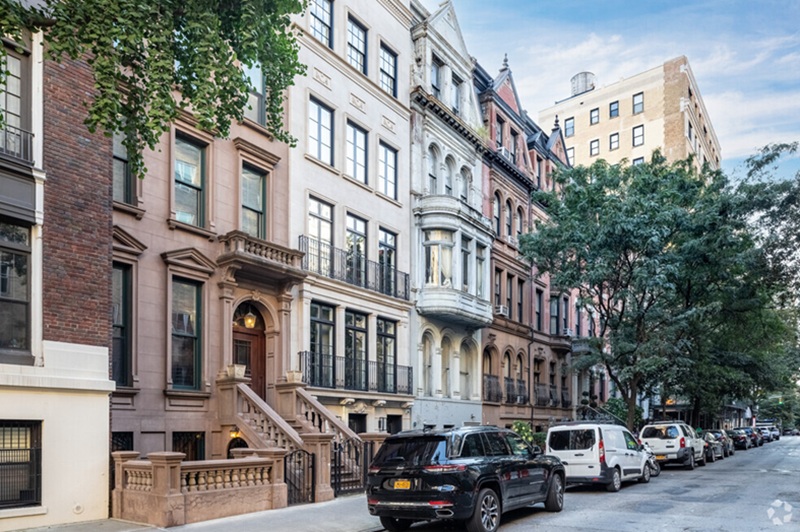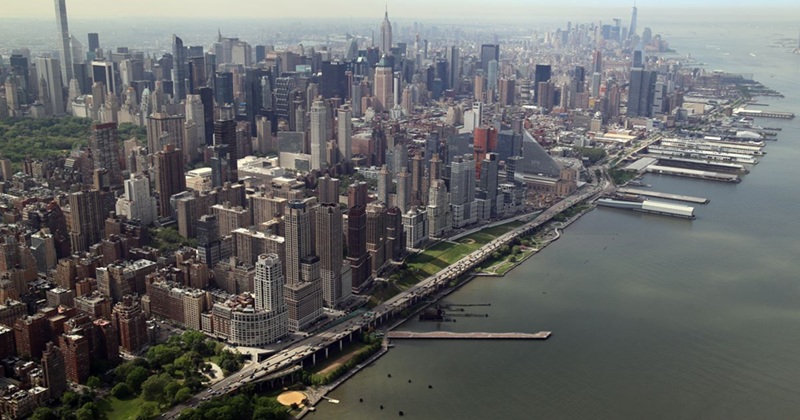
Located on the lower east side of Manhattan, Alphabet City is a neighborhood that has undergone remarkable transformation over the years, evolving from a gritty, working-class area to a trendy, vibrant hotspot. This part of the East Village has a unique history, full of artistic and cultural revolutions, while still holding onto its eclectic charm. Here’s a closer look at this fascinating neighborhood and its journey through New York City’s ever-changing landscape.
1. The Origins and Naming of Alphabet City
Alphabet City derives its name from the streets that run through it, all named after letters of the alphabet—Avenues A, B, C, and D. This naming convention was a part of the city’s grid system, designed by the Commissioners’ Plan of 1811, which sought to organize Manhattan’s streets in a logical manner.
Historically, the area was predominantly working-class, with a dense concentration of tenement housing that housed immigrants, primarily Irish, Jewish, and later Puerto Rican populations, throughout the 19th and early 20th centuries. However, it wasn’t until the mid-20th century that Alphabet City began to earn its reputation for being a hub of counterculture and artistic expression.
2. The 1960s and 1970s: A Bohemian Renaissance
The mid-20th century saw Alphabet City’s transformation into a haven for artists, musicians, and writers seeking affordable space in a city that was quickly becoming more expensive. The neighborhood became a focal point of New York City’s counterculture movement during the 1960s and 1970s. As rents in other parts of the city soared, the area’s relatively low property values attracted bohemians and other nonconformists.
During this time, the neighborhood earned its reputation as a gritty, rough-and-tumble area, where art, music, and political activism flourished. Punk rock bands like the Ramones, Blondie, and Patti Smith, as well as avant-garde artists, found a home in Alphabet City. The East Village was the epicenter of a cultural revolution, and Alphabet City was its heart.
However, the neighborhood was also known for its economic struggles, with much of the housing falling into disrepair and a significant number of residents living in poverty. At the same time, drug addiction and crime rates were high, and the area gained a reputation for being a dangerous place to live or visit.
3. Gentrification and the Changing Landscape
In the 1990s and 2000s, as the arts community in Alphabet City began to grow, the neighborhood also began to experience the forces of gentrification. Artists, musicians, and creative types were gradually priced out as wealthier residents moved in, attracted by the neighborhood’s vibrant energy and proximity to Manhattan’s more expensive districts.
Gentrification brought new businesses, luxury apartment buildings, and a revamped cultural scene to the area, changing the overall vibe of Alphabet City. The once dilapidated buildings were restored, and trendy bars, restaurants, and cafes replaced the more bohemian and often dive-like spots that had once been commonplace.
Today, Alphabet City is still a neighborhood that has managed to retain much of its charm, but it is no longer the low-rent haven it once was. Rents have risen, and the area is home to a mix of longtime residents, new wealthy transplants, and creative professionals who have embraced the neighborhood’s transformation.
4. Cultural Influence and Artistic Legacy
Despite the rapid changes, Alphabet City remains a neighborhood deeply connected to its artistic roots. The legacy of the 1970s punk scene still lingers, with landmarks like the Bowery Poetry Club, which offers performances and poetry readings, and music venues that attract emerging artists. The neighborhood has also seen the continued rise of street art, which can be spotted on many buildings, sidewalks, and fences throughout the area.
The arts continue to thrive in Alphabet City, with galleries, performance spaces, and independent theaters contributing to its cultural vibrancy. The neighborhood is still a meeting point for artists, musicians, and writers, though they often now coexist with more commercial establishments. This blend of old and new contributes to the area’s dynamic and evolving identity.
5. Parks and Green Spaces: A Refuge in the City
In addition to its cultural contributions, Alphabet City is also home to several green spaces that have become beloved sanctuaries for locals. Tompkins Square Park, located at the northern edge of the neighborhood, has long been a gathering place for residents. The park, once known for its role in the counterculture movement of the 1980s, has since been revitalized, offering a peaceful escape in the heart of the city. It hosts regular events, from outdoor concerts to flea markets, making it an integral part of the community.
The neighborhood’s many smaller parks and green spaces also provide much-needed relief from the urban landscape, offering a place for relaxation, socializing, and recreation.
6. Alphabet City Today: A Blend of Old and New
As of today, Alphabet City stands as a fascinating microcosm of New York City’s ever-changing dynamic. The neighborhood is home to a diverse population, where old residents coexist with newcomers drawn to its artistic history and unique character. While the effects of gentrification are evident, with upscale cafes and boutiques now lining the streets, Alphabet City has managed to maintain its reputation as one of the city’s most authentic, eclectic neighborhoods.
Despite the rise in property prices, Alphabet City still has a more relaxed and down-to-earth atmosphere compared to some of Manhattan’s other neighborhoods, making it an attractive place to both live and visit. It remains a place where creative energy thrives, and the mix of cultures, histories, and identities continues to make it one of the most fascinating parts of Manhattan.
Alphabet City, with its storied history, diverse community, and artistic roots, is a quintessential example of New York’s ability to evolve while holding onto the elements that make it so unique. From its bohemian past to its current status as a gentrified, but still vibrant, neighborhood, Alphabet City continues to be a dynamic part of Manhattan’s urban fabric. Whether you’re drawn to its cultural legacy, its green spaces, or its artistic vibe, Alphabet City remains one of the city’s most intriguing and ever-changing neighborhoods.

